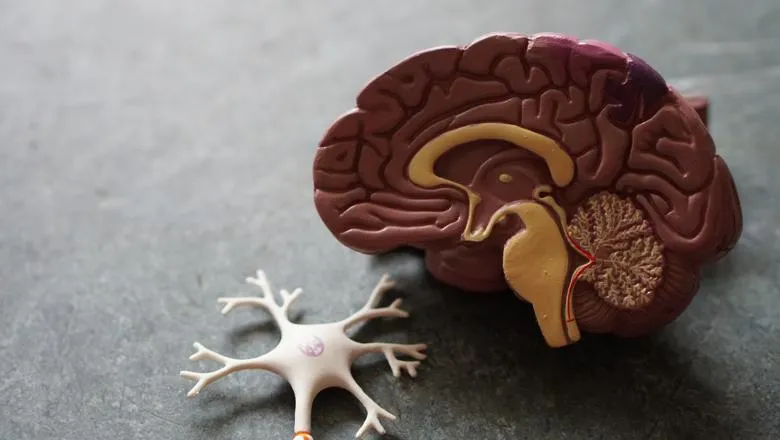"Understanding the fundamental mechanisms controlling the development of the human brain is terribly exciting and will have an important impact in the way we think about neurodevelopmental disorders."
Professor Oscar Marin, Head of Department of Developmental Neurobiology at King's IoPPN
10 December 2021
New research on human brain development sheds light on neurodevelopmental disorders
New research has found that some processes behind the early development of GABAergic neurons, neurons that produce the main inhibitory chemical messenger in the central nervous system, are consistent between humans and mice.

New research from the Institute of Psychiatry, Psychology & Neuroscience (IoPPN) at King’s College London has found that some processes behind the early development of GABAergic neurons, neurons that produce the main inhibitory chemical messenger in the central nervous system, are consistent between humans and mice.
The research, published in Science, is a collaboration between King’s IoPPN and several Chinese institutions. It is the first thorough investigation of human interneuron development and has clarified important similarities and differences between human and mouse brain development.
Understanding the mechanisms that control the generation of human cortical GABAergic interneurons has important implications for human health. Neurodevelopmental conditions such as autism and schizophrenia are caused, at least in part, by genetic variation, as genetic changes result in increased susceptibility to these disorders by affecting how specific cell types develop.
The investigators used single cell RNA sequencing to delineate the emergence of cell diversity in the ganglionic eminences – the region of origin of GABAergic interneurons. In doing so, they discovered remarkable consistency between the early developmental processes in the brains of mice and humans.
The sequencing allowed Professor Oscar Marin of King’s IoPPN and his colleagues to construct spatial and temporal maps of gene expression through the early second trimester of human development (equivalent to weeks 9-18 of the gestational period).
The organisation and cellular architecture of the telencephalon, the largest and most developed part of the brain, is broadly conserved between mammals although both its size and complexity vary enormously between rodents and primates. Previous analyses have shown that the cells making up the cerebral cortex are relatively similar between mice and humans. However, extensive differences exist in the relative proportions, tissue distribution, and gene expression patterns of specific types of interneurons in the adult brains of mice and humans.
Professor Marin, Head of Department of Developmental Neurobiology at King’s IoPPN said,
“This work elucidates the emergence of human GABAergic neurons and defines the commonalities and differences between us and rodents. Importantly, our work enables new levels of understanding of neurodevelopmental disorders. Many of these disorders have overlapping genetics and phenotypes and changes in striatal and cortical GABAergic neurons have been robustly documented in both autism and schizophrenia.”
The researchers now hope that this work will enable other research to link gene variation and cell types in neurodevelopmental disorders, resulting in new insights and new avenues for individualised therapies.
This study was possible thanks to funding from the National Key Research and Development Program of China, and the Wellcome Trust.
Mouse and human share conserved transcriptional programs for interneuron development (DOI10.1126/science.abj6641) (Yingchao Shi, Mengdi Wang, Da Mi, Tian Lu, Bosong Wang, Hao Dong, Suijuan Zhong, Youqiao Chen, Le Sun, Xin Zhou, Qiang Ma, Zeyuan) was published in Science.
For more information, please contact Patrick O’Brien (Senior Media Officer)

